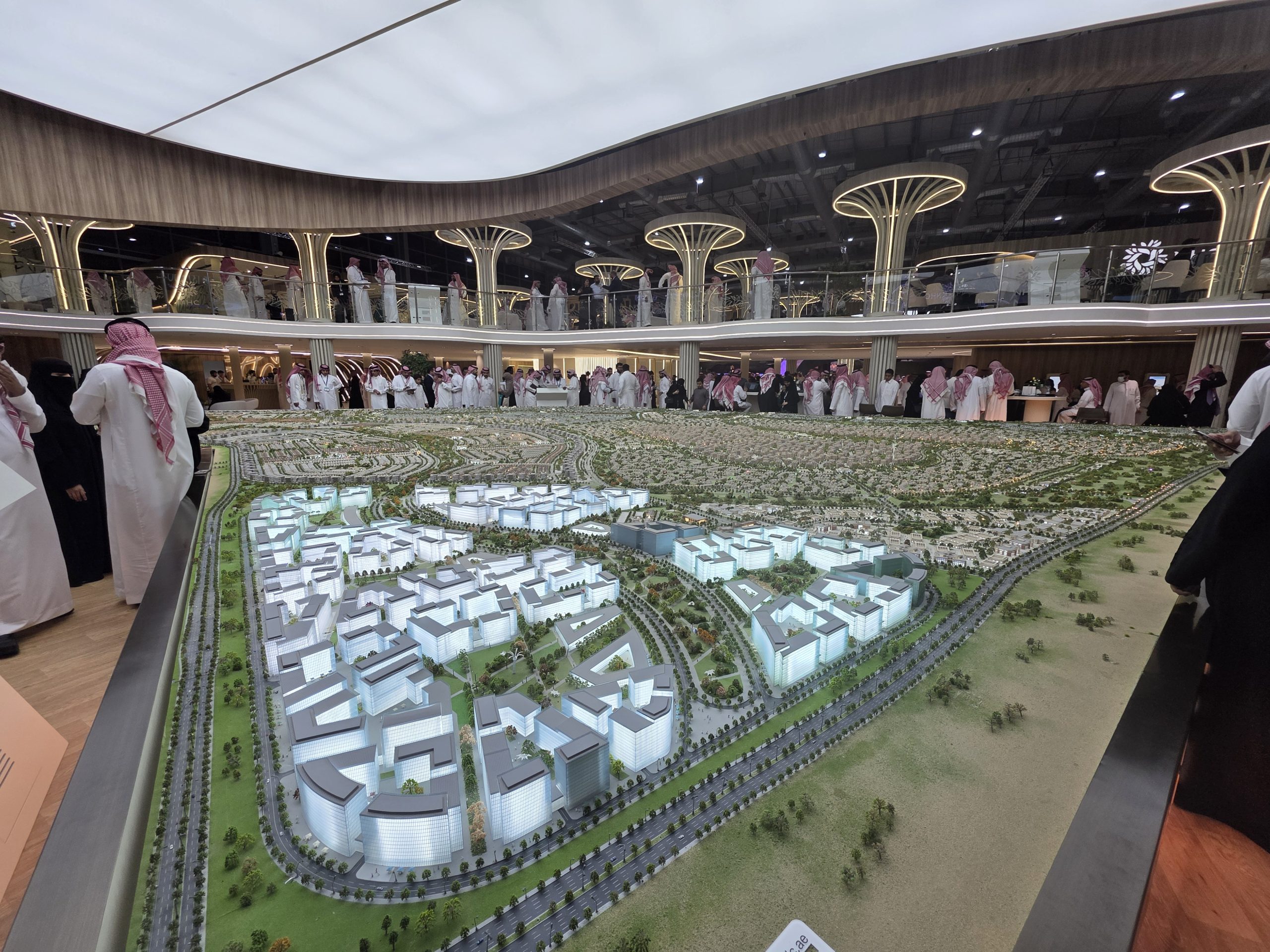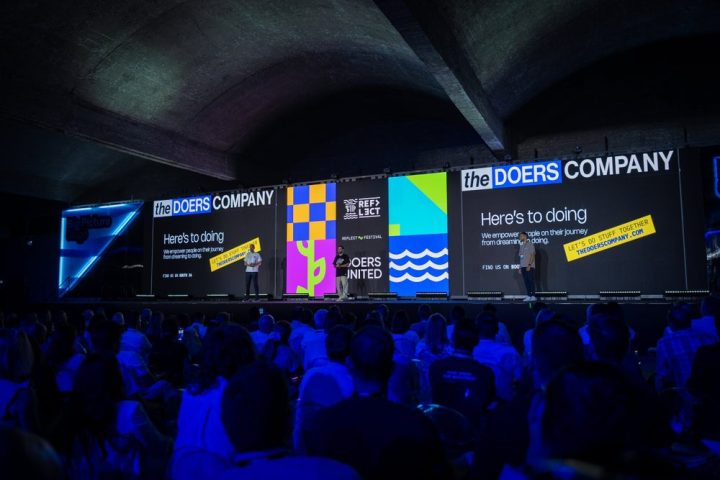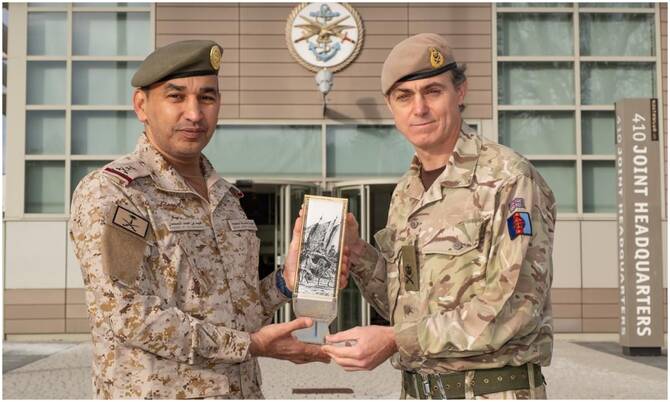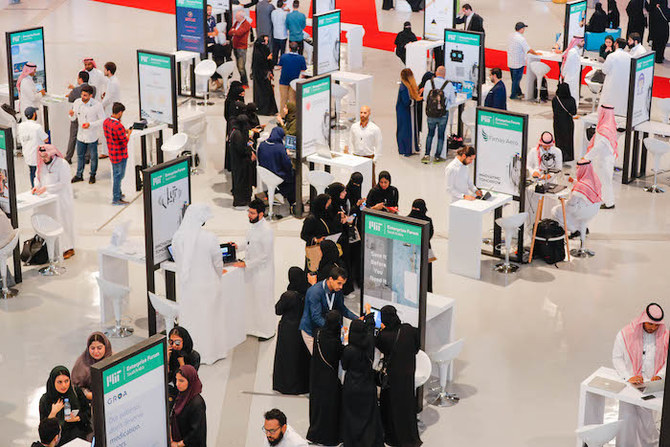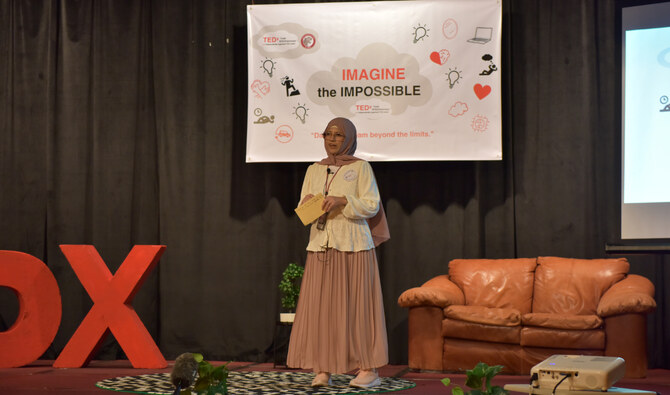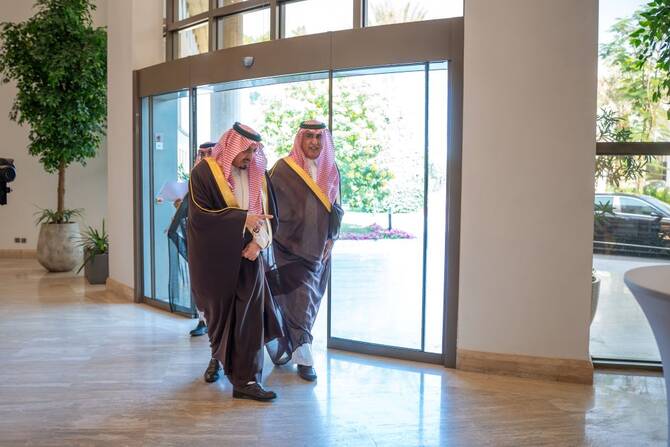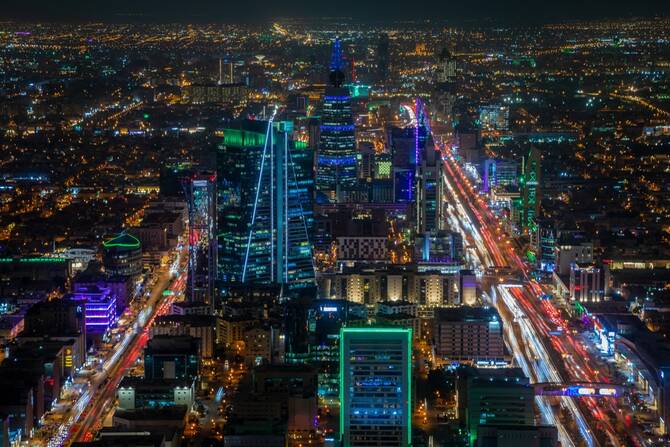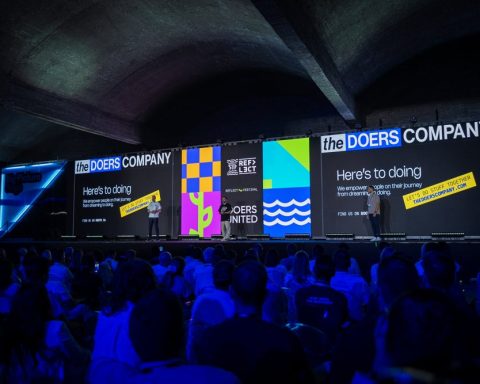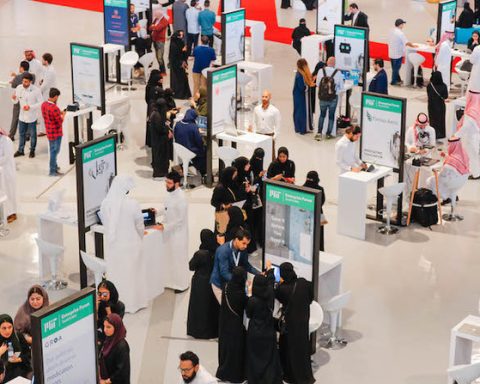Cityscape Global 2025 in Riyadh set a record with SAR 237 billion in real estate deals. Over four days, the Riyadh Exhibition & Convention Center hosted 170,000 visitors and 577 exhibitors, reflecting Vision 2030’s urban ambitions including notable key players: HPP Architects ALUPCO (Aluminium Products Company), Dar Al Riyadh, and DGJones and Partners.
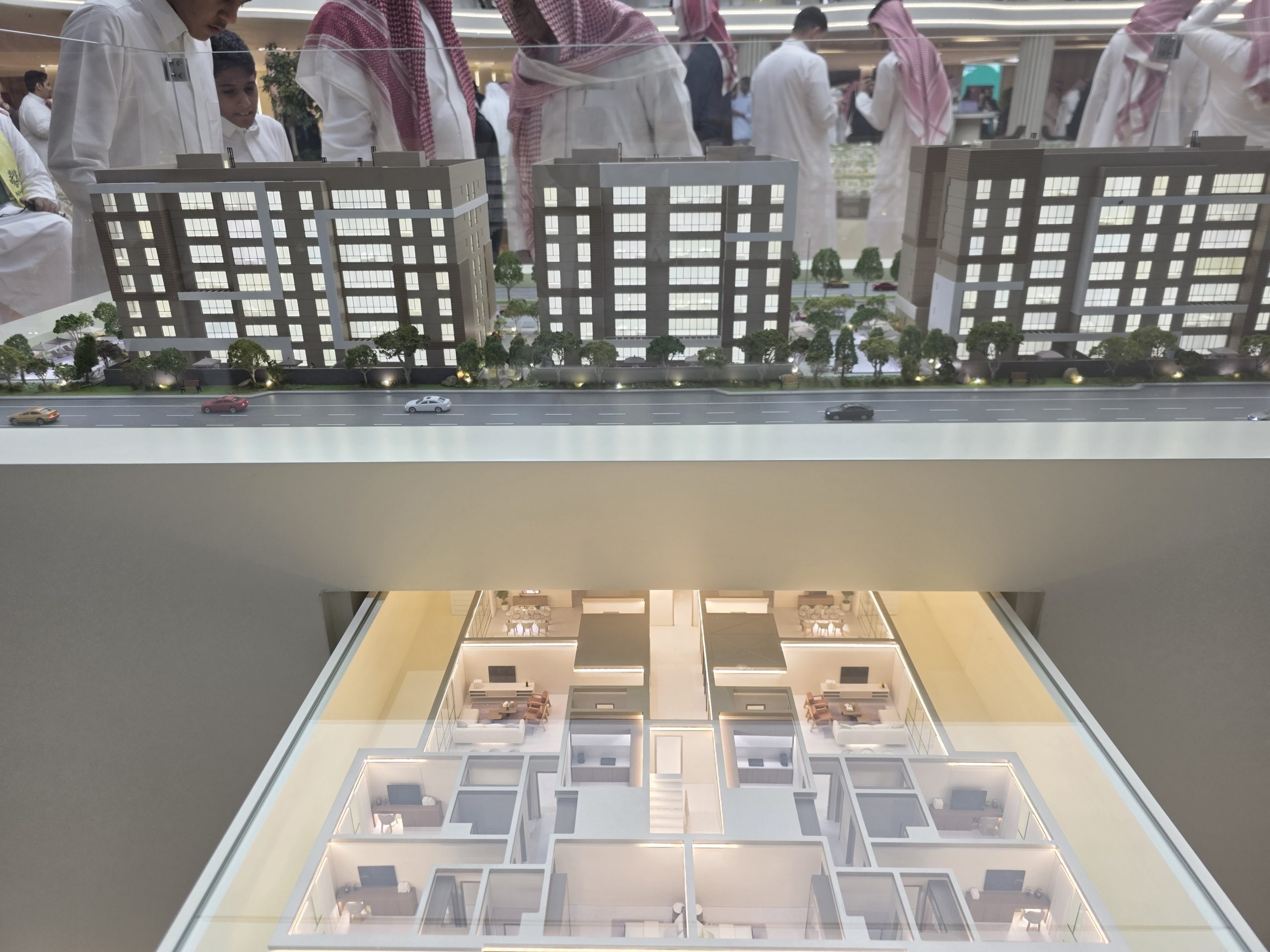
From Headline Deals to Homes on the Ground
Commitments surged from the start. Minister Majid Al-Hogail hours, led by National Housing Company’s (NHC) new residential projects in Riyadh, Makkah, and coastal regions.
Construction and real estate are major contributors to Saudi GDP and jobs. Officials estimate five major cities need 1.5 million new homes by 2030; 700,000 in Riyadh alone. Cityscape 2025 highlighted rapid progress toward meeting this demand. In Riyadh’s Al-Fursan destination, NHC signed an execution contract with AlMowatin Co. to build 1,075 homes, followed by the Mashaal Al-Fursan apartment project of Ezdihar Real Estate Development adding another 1,120 units as part of a 50,000-home mixed-use district. While in Makkah, NHC unveiled the Dar Makkah project at the Gate to Makkah destination, with more than 930 villas planned within a 20-minute drive of the Grand Mosque.
Major developers and investors announced a range of large residential, mixed-use, and tourism projects at Cityscape, underscoring the scale of Saudi Arabia’s urban transformation. A key trend is the move toward human-centric, walkable districts, ’15-minute cities,’ with transit integration and community amenities, a shift from the car-dependent past.
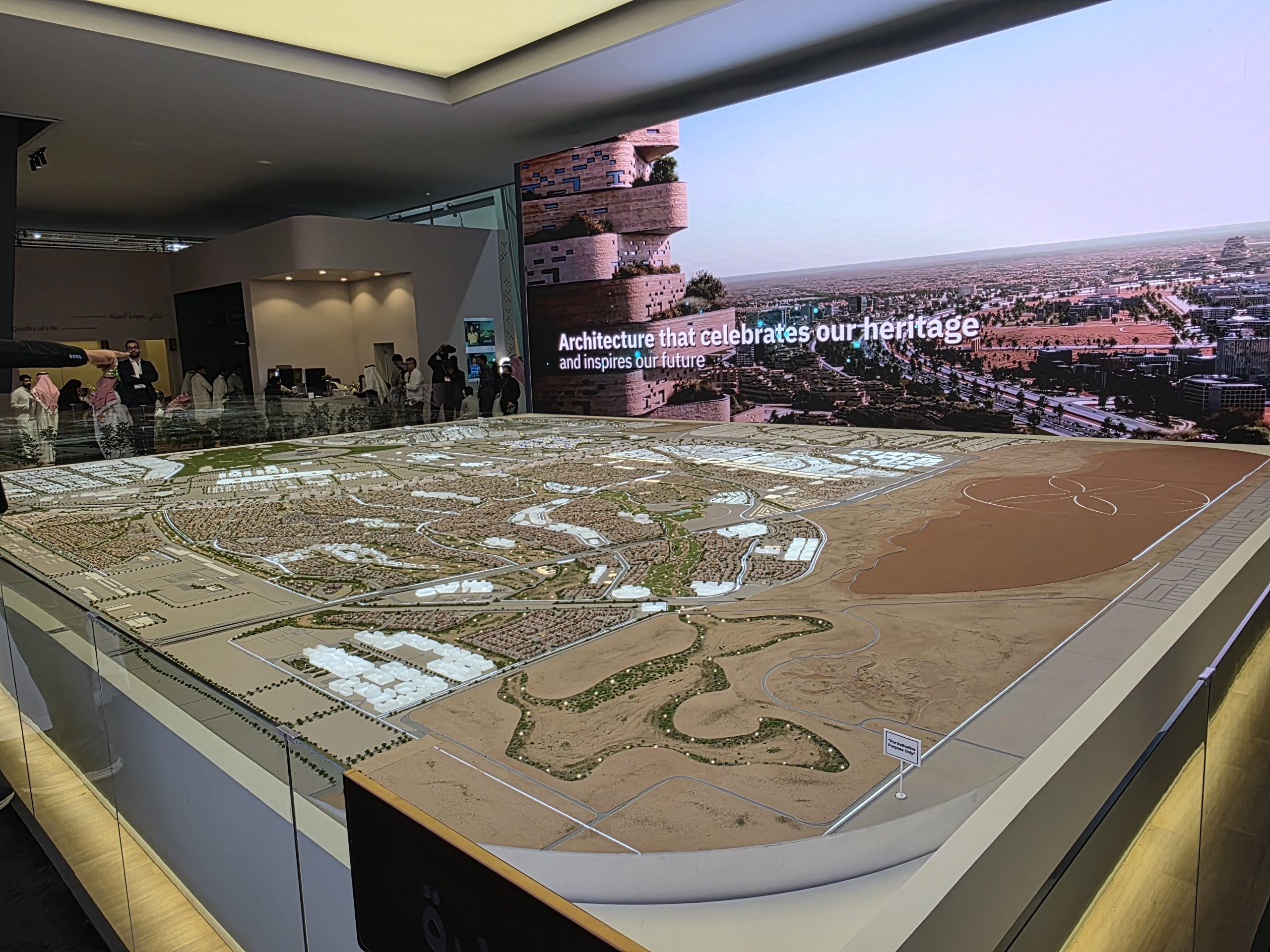
A New Operating System for Saudi Cities
2025 marks a shift from giga-project announcements to digital implementation. Saudi Arabia’s real estate sector is rapidly adopting digital platforms and standards.
On stage and in closed-door meetings, developers and regulators converged around what Structural Intelligence has been tracking: the fusion of design, data and delivery is now the decisive factor in who wins work.
Korean firm Naver showcased a digital twin of Mecca, Medina, and Jeddah, allowing real-time simulation and planning at scale. While officials highlighted the first tokenization of a real estate deed, paving the way for secure, digital property records and broader investment access. For homebuyers, this means more transparent and efficient transactions. For investors and developers, digital systems and PropTech are now essential for accessing the next wave of Vision 2030 projects.
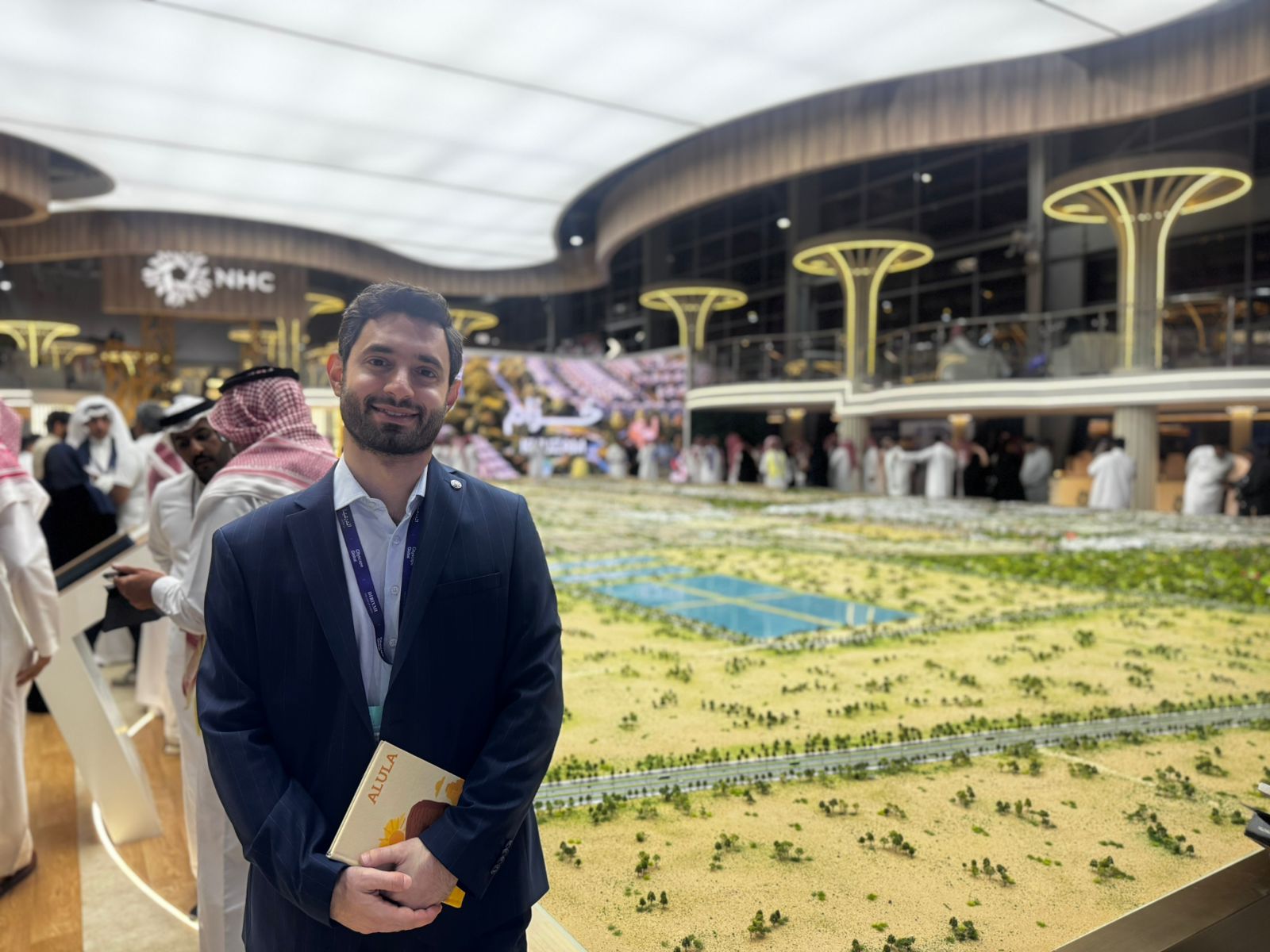
Investors Change Their Questions
Capital is abundant, with foreign investment rising and real-estate loans nearing a trillion riyals. Financing incentives at Cityscape aimed to convert interest into deals. However, investors are now more focused on risk.
Instead of asking only about location, branding, and projected returns, institutional investors at Cityscape 2025 were probing: contractor solvency and workload; the resilience and geographic diversity of supply chains; the realism of phasing plans; and the credibility of digital and ESG reporting. Capital is still ready to move, but it is increasingly selective, flowing toward projects that can demonstrate verified delivery capacity rather than just ambitious renderings.
A Turning Point for Vision 2030’s Built Future
Cityscape Global 2025 reinforced two key points. First, Saudi Arabia is now the world’s most active, ambitious real-estate market, with a record SAR 237 billion in deals and a vast urban pipeline. Second, the Kingdom is entering a more disciplined, technical phase. Aligning design, data, and delivery capacity, structural intelligence, is now the key to turning plans into built communities.


